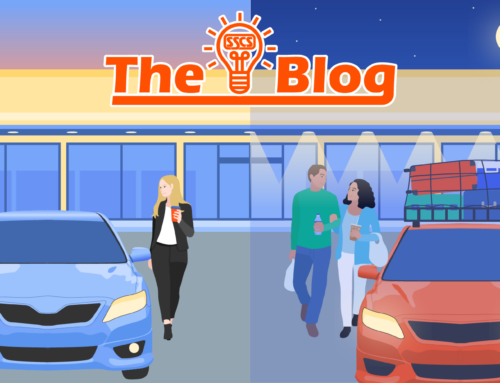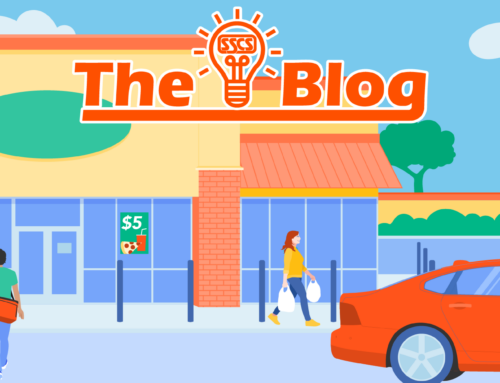
Autonomous Retail and the Consumer
Autonomous checkout reduces the human element. Does it matter to customers?
This is Part 2 of SSCS’s two-part overview of autonomous retail in the convenience store industry. To begin with Part 1, click here.
Last week we provided a summary view of the basics of autonomous retail, which has raised its profile within the convenience store industry. Reducing the human element on the retail side is popular. As if to prove it, there’s no shortage of internet articles describing the perceived benefits from the operator’s perspective.
But what about the consumer? How will they react to a de-emphasis on personal store interaction? Given how the most successful c-stores build their brand by creating an inviting experience for the customer that compels them to return, it seems like a relevant question.
Turns out, there’s no definitive answer.
In part, it’s because consumers are as varied as the c-stores that serve them. And so are the circumstances in which they shop. If you’re downtown and rushing to a meeting, zipping through a system of sensors, payment taps, and opening gates will make perfect sense for you.
Autonomy like this also pleases the more inwardly directed consumer, who doesn’t need a wave and a warm smile to ensure a satisfying shopping experience, just speed and accuracy. And suppliers of the Artificial Intelligence (A.I.) systems powering cashierless stores often point out that staff not tied up at the register can be free to provide improved attention to the customer, answering questions, locating products, etc.
On the other hand, a large number of consumers remain fans of a shopping experience with living, breathing staff standing ready at the POS and elsewhere on the floor. We are, after all, social animals at heart, and creatures of habit, too. We also tend to equate additional employees with additional security.
There’s more to it than that, though. The move to freshly prepared food, whether at a deli counter or taco bar is one retail model that requires give and take with the customer. And in small towns across the country there are countless c-stores that have become local gathering places for folks in the neighborhood, a human-centric model if ever there was one. Maybe in a few years the robots will arrive, flipping pancakes and dishing out slices of custom pizza, but at this point, that’s pure speculation!
As it stands now, the biggest benefit of autonomous retail is that it gives the operator another option with which to attract customers; it’s far from an either or choice. As has always been the case, it is up to the store owner to understand their market and create an enticing environment in which consumers buy merchandise and fuel. It may mean reliance on autonomous retail, or it may not. Proactively and appropriately adapting the technology available to you is the key, as it always is. Give us a call at 800-972-7727 and we’ll be glad to talk about it.






Leave A Comment